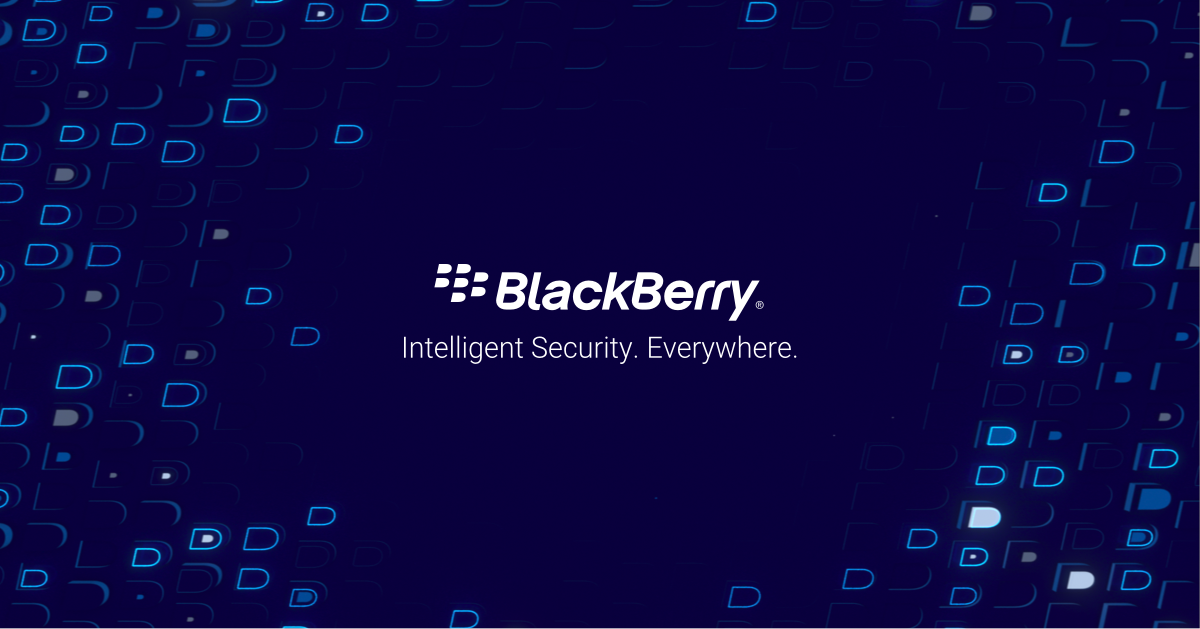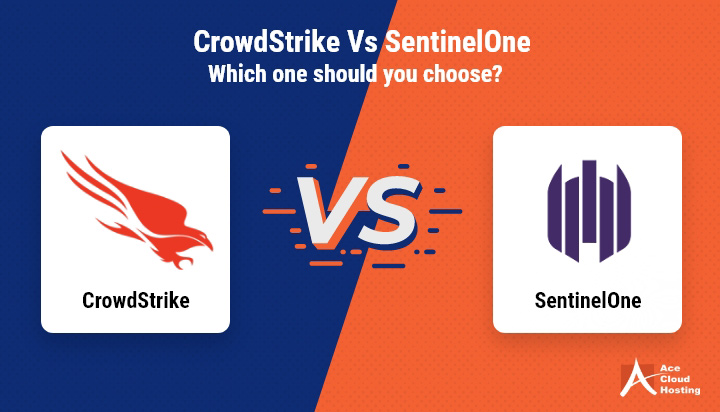In today's interconnected world, the importance of robust cybersecurity cannot be overstated. With cyber threats becoming increasingly sophisticated and prevalent, organizations must invest in comprehensive security solutions to protect their data, devices, and networks.
BlackBerry, a name synonymous with mobile technology, has seamlessly transitioned into the cybersecurity realm, offering innovative solutions to address modern cybersecurity challenges. In this article, we'll explore BlackBerry's cybersecurity offerings and their significance in safeguarding the digital landscape.
BlackBerry's Evolution: From Mobile Devices to Cybersecurity
BlackBerry, known for its iconic mobile devices and secure communication solutions, has successfully adapted to the evolving cybersecurity landscape. The company leverages its decades of experience in secure communication to develop cutting-edge cybersecurity products and services. Here's how BlackBerry has made its mark in the cybersecurity arena:
1. Unified Endpoint Security (UES)
BlackBerry offers a Unified Endpoint Security platform that integrates endpoint protection, AI-driven analytics, and policy enforcement. This unified approach enables organizations to protect all endpoints, from traditional devices to Internet of Things (IoT) devices, under a single, cohesive strategy.
2. AI-Powered Threat Detection
BlackBerry employs artificial intelligence and machine learning to detect and mitigate threats effectively. Its AI-driven threat detection can identify suspicious activities and anomalies in real-time, allowing for rapid response and mitigation.
3. Behavioral Analysis
One of BlackBerry's strengths lies in its behavioral analysis capabilities. It continuously monitors endpoint activities, detecting deviations from normal behavior patterns. This proactive approach helps identify and thwart potential threats before they can cause harm.
4. Autonomous Response
BlackBerry's cybersecurity solutions are designed to be autonomous to a significant extent. They can identify, contain, and remediate threats without human intervention. This rapid response capability is crucial in reducing the impact of cyberattacks.
BlackBerry's Role in Modern Cybersecurity
The ever-evolving cybersecurity landscape presents unique challenges for organizations. BlackBerry's cybersecurity solutions are designed to address these challenges effectively:
1. Zero Trust Architecture
BlackBerry follows a Zero Trust architecture, where no user or device is inherently trusted by default. Every interaction and connection is authenticated and verified, reducing the attack surface and preventing unauthorized access.
2. Mobile Security
Given its history in mobile technology, BlackBerry excels in mobile security solutions. It offers secure mobile device management (MDM), endpoint protection for smartphones and tablets, and secure communication channels, making it an attractive choice for organizations with a mobile workforce.
3. Compliance and Regulation
Many industries and sectors are subject to strict compliance regulations concerning data security and privacy. BlackBerry's cybersecurity solutions are designed to help organizations meet these regulatory requirements, providing a secure environment for sensitive data and information.
Conclusion
BlackBerry's transition from a mobile device pioneer to a leading cybersecurity provider showcases its commitment to innovation and security in the digital age. With a strong focus on unified endpoint security, AI-powered threat detection, behavioral analysis, and autonomous response capabilities, BlackBerry's cybersecurity offerings are well-positioned to defend organizations against the ever-evolving cyber threat landscape.
In a world where cyberattacks are a constant threat, BlackBerry's expertise in secure communication, combined with its innovative cybersecurity solutions, makes it a trusted partner for organizations seeking comprehensive protection for their digital assets. Whether it's safeguarding endpoints, mobile devices, or ensuring compliance with regulations, BlackBerry's cybersecurity solutions play a crucial role in fortifying the digital frontier against cyber threats.




